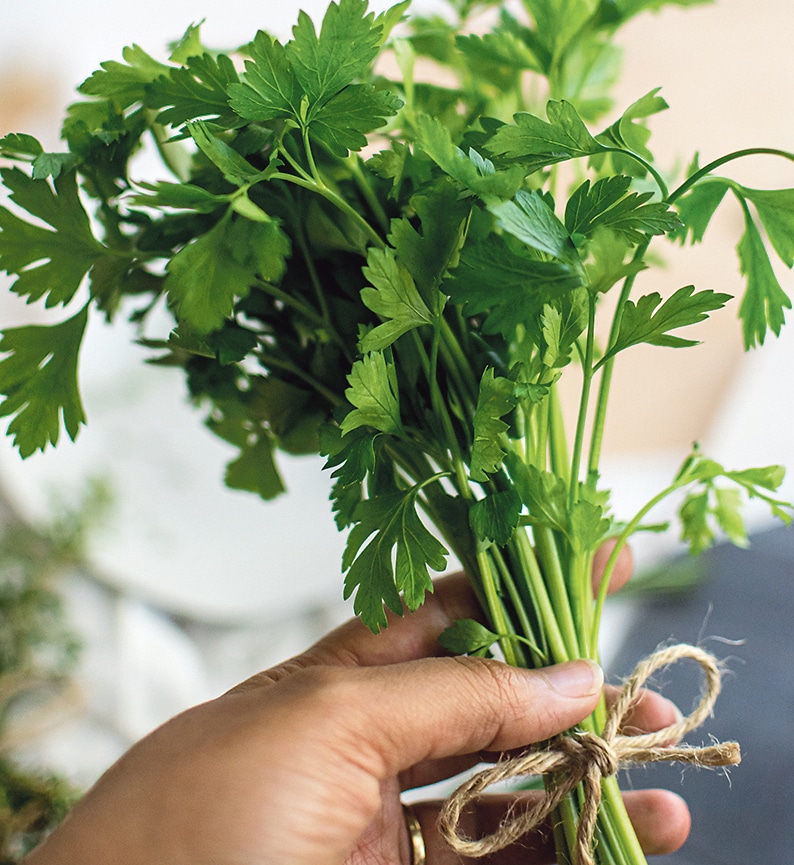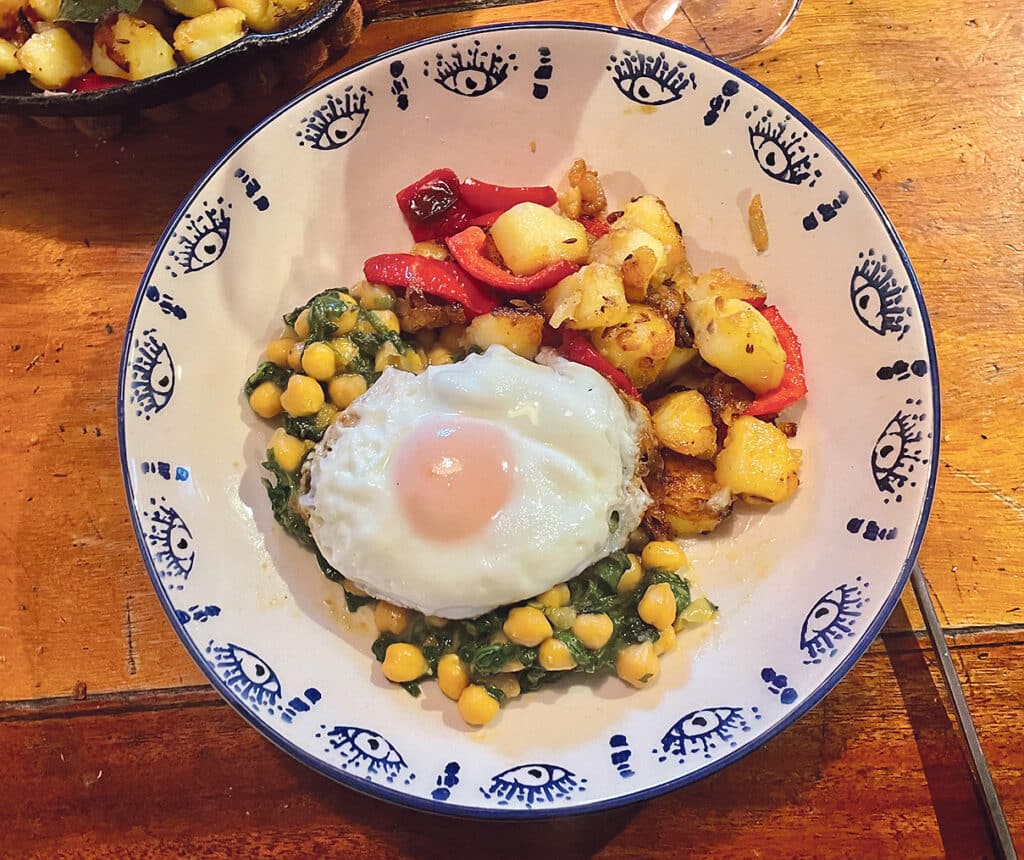
Our gardens are the place where we grow many health-giving plants. Among the culinary delights that form the bedrock of our cooking are parsley, sage, rosemary, and thyme. Other important culinary herbs are mint, bay, horseradish, fennel, marjoram, oregano, lovage, dill, basil, and lemongrass. The latter can be a bit difficult to grow as it likes heat, but is perfect in a greenhouse or polytunnel.
Once planted, the following herbs return year after year, sage, rosemary, thyme, horseradish, bay, fennel, lovage, marjoram, oregano, and mint. Keep bay in a pot unless you want it to grow into a thirty-foot tree in a few years. Parsley is a biennial, so it does need to be planted each year. In its second year of growth, it sets seed and with a bit of luck these will take root in the same spot as the parent plant. This gives the illusion of a perennial until the year comes when the seed does not take root and you are left with no parsley. Parsley does need good soil, unlike so many other herbs, so either start off the seeds in pots and transplant later or plant the seeds directly into area you have chosen for it. If at all possible, grow it near the kitchen so you are not having to walk to the far end of the garden to gather it.
The very popular herbs, basil and dill, are both annuals so need to be planted each year. Basil can be grown very successfully in pots on a south facing window. Pick out the growing shoots once they are well established, as this will encourage a more bushy plant with plenty leaves. I have also found that watering basil at midday is beneficial. With a little care, it is possible to have fresh basil from early summer until well into the autumn.
This is a long list of herbs to grow but they are beneficial for our health. If we examine parsley, we know it is not just a pretty piece of greenery. It is a storehouse of vitamins and minerals. Two tablespoons of parsley provide us with 12 per cent of our daily requirement of vitamin A, which is important for our immune systems and eye health. The same amount of parsley provides us with 16 per cent of our daily vitamin C requirements. Vitamin C helps our immune system, as well as maintaining heart health. Since vitamin C is a powerful antioxidant, it protects our cells from the damaging effect of unstable free radicals which lead to a process called oxidative stress. Oxidative stress damages the body’s cells and leads to a host of diseases. Parsley also provides more than our daily requirement of vitamin K which is needed for proper blood clotting as well as bone health and bone density. As well as all the aforementioned goodness packed into two tablespoons of parsley, it also gives us magnesium, potassium, folate, iron and calcium.
We tend to think of parsley as a garnish, but I also recommend cooking with it, as cooking increases apigenin, a flavone found in parsley. While flavones are known to be powerful anti-oxidants, apigenin has demonstrated potential as an anti-cancer agent. Dried parsley is the best natural source of apigenin so set the air fryer to dehydrate and dry some parsley. Another way of using parsley is to sauté it with garlic and onion and add it to any dish that is being cooked. Actually, a large batch of onions, garlic, and parsley can be prepared at the weekend and kept in the fridge for use during the week.



